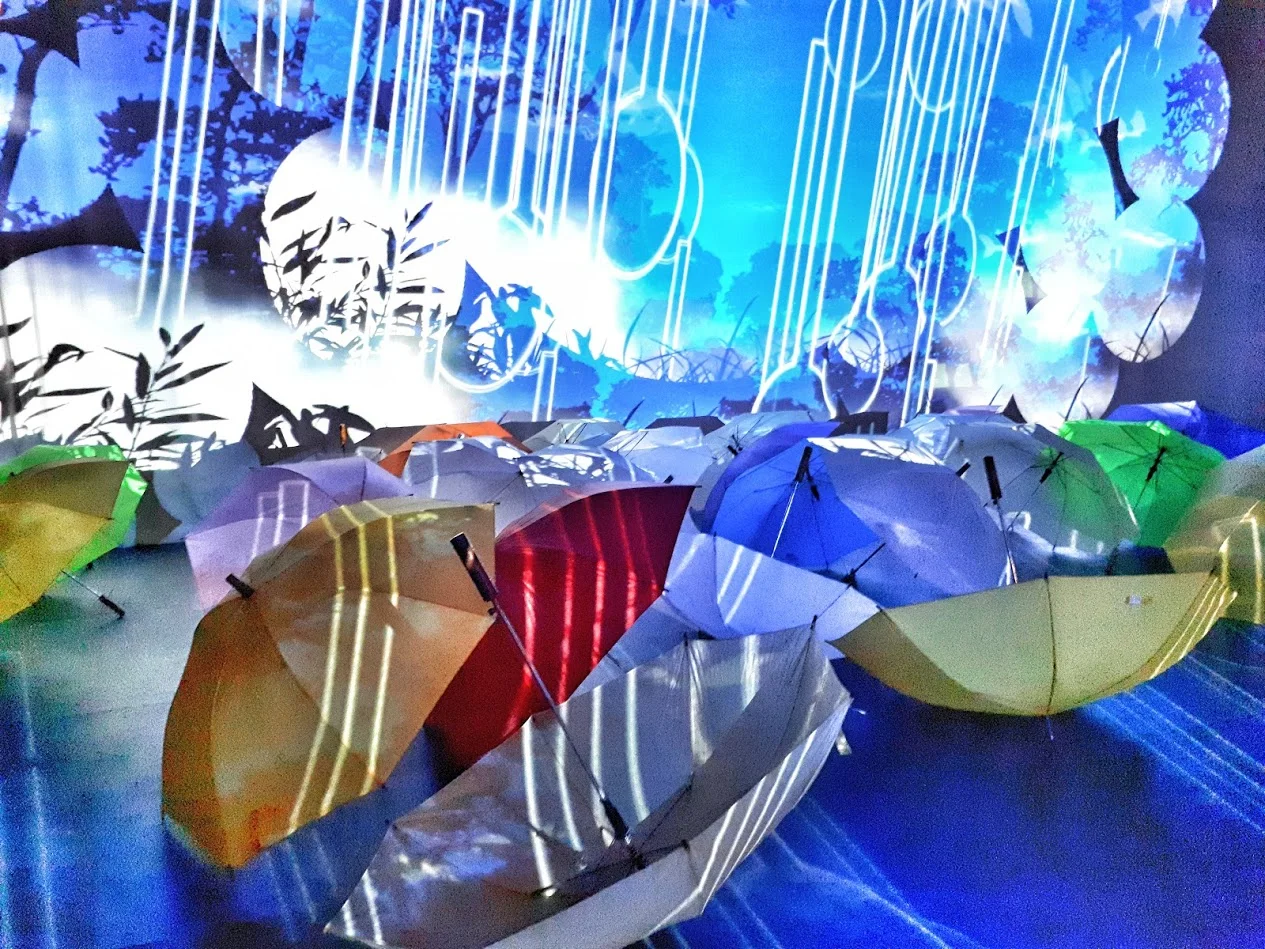“Technology isn't about widgets, it's about people; taking a fresh look at the world and finding ways we might make it better. If innovation starts with people, we have to make it easier for everyone to innovate.”
I worked from the Tech Severn Conference & Exhibition in Shrewsbury yesterday; a free event hosted by Shropshire Council with the objective to cut across silos in order to bring the worlds of health, care, construction and the environment together. The focus of the event was around how assistive technology, digital health, modern methods of construction and eco-technology might address the housing shortage, caring for an increasingly ageing population, and ensuring that vital services have access to reliable and sustainable sources of technology. It's not often that you get a free event like this on your doorstep, so it seemed like a good base for the day.
In terms of our own pipeline of work, the day provided some good food for thought, not least in terms of construction, communities, IoT and VR.
We've been doing a little thinking recently around what communities could be like if we designed our homes differently. In one of our discovery sessions earlier this year we provided a conversation catalyst in the form of a short film of Walt Disney introducing his Experimental Prototype Community of Tomorrow (E.P.C.O.T). Disney’s principles of starting with public need, placing community at the heart and challenging industry to innovate and develop new technologies was inspirational even by today’s standards, perhaps even ahead of its time, so it was interesting to hear some of those sentiments being echoed in the description of the ‘The One Scheme’ being led by Shropshire Council in partnership with University Centre Shrewsbury. The new construction project draws upon garden city principles to form one of a set of proposed alternatives to traditional residential care, creating an environment for people to stay at home for longer that doesn't rely on the delivery of specialist care. Whilst residents never own the home, they do make an initial investment of around £150k which is returned in full when they leave. During the time they live in the property the Local Authority maintain it and through modern methods of construction and adherence to passive housing standards the hope is that all homes will be energy neutral or at least cost very little to run. It’s an interesting business model and I’m keen to see how the first phase development of 50 new homes goes.
A little while ago we carried out our speculative test of the Amazon Echo smart speaker - Alexa. This has now progressed into a wider piece of work around how we might use a range of IoT technology to make homes smarter and improve the health and wellbeing of customers whilst at the same time helping us protect the fabric of our homes. Shropshire Council and the Lady Forester’s Centre are about to run a test in Broseley in collaboration with the local community groups, a GP surgery, The University Centre Shrewsbury, Hitachi, Microsoft and Amazon to learn more about how readily available consumer technology like Alexa, Hive and Samsung Gear can be used or adapted to achieve social outcomes. The test aims to use a range of technologies and approaches to enhance people's quality of life, reduce social isolation and demand on more intensive forms of care.
During our own work with colleagues, one of the design principles we identified was around the need for technology to enhance human-to-human contact rather than replace it. The aim for the test in Broseley is to use networked, non-specialist, readily available technology to connect people-to-people, automating processes whilst at the same time using analytics to interpret the data and feed into prevention strategies. With a growing number of IoT technologies becoming available on the market - from smart speakers to smart thermostats to wearables such as smart clothing and watches, platforms which support the development of flexible IoT ecosystems have surely got to be the way forward.
There were several demonstrations of VR and AR being exhibited. We’ve been thinking about how we might utilise technologies like these to facilitate virtual viewings and also feed in to further iterations of our work around the theme of maintaining homes and places. Exhibitor Seeable has worked with a local estate agent in Shrewsbury to create interactive 3D property visualisations and it was interesting to see how features in the home could also be tagged, allowing the possibility for links to how-to maintenance guides and instruction manuals to be accessed by residents.
Creating a high tech interactive3D visualisation was the only way for us to promote the tech conference: #techsevern > 17th July at the fantastic @theatresevern
— SEEABLE Ltd (@makeitSEEABLE) July 10, 2018
#VR #Virtualreality #shropshire #techsevern2018 @TechSevern @ShropCouncil @InvestInShrops @midsengine pic.twitter.com/5fwbAS1vac
It's always a risk that with so much technology around the place, it’s easy to get drawn into focusing on solutions without first spending quality time thinking about the problem that you’re trying to fix. That's why it was great to catch up with old colleagues from the Business Design Team at Shropshire Council who were busy reminding people that technology is only part of the story. It's simply a tool. First and foremost, Service Design isn't about implementing technology, it’s about understanding people.
I know all about the story of Del Boy, but if you want to know what Del Boy has got to do with social design, don’t ask me, drop the Business Design Team a line. It will be worth it! Here’s a clue though . . . . it’s about designing from a starting point of people.
All in all, a good martini working day with plenty of inspiration and even a contact or two to bring back to the Lab - I even managed to call in for Lab Planning!
---


